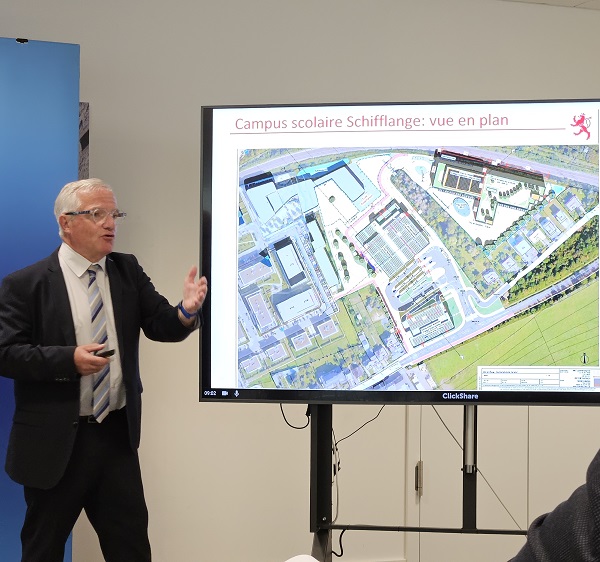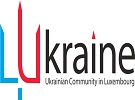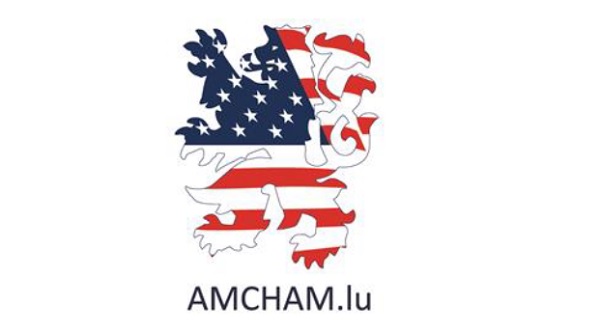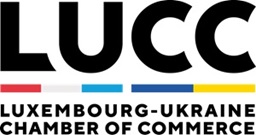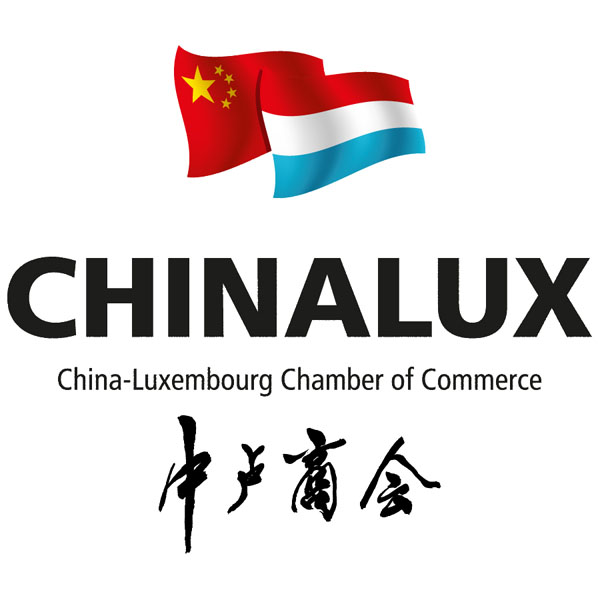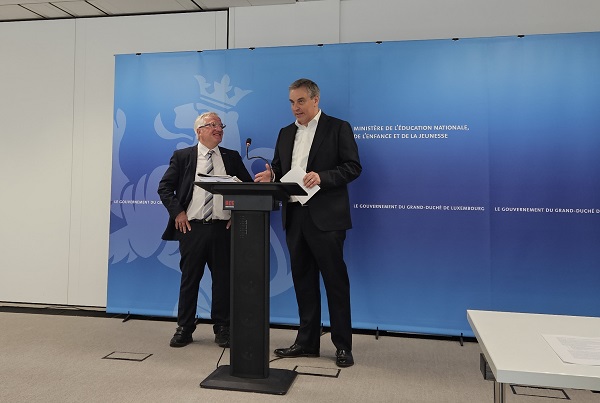 (L-R) Paul Weimerskirch, Mayor of Schifflange; Claude Meisch, Luxembourg's Minister of Education, Children and Youth;
Credit: Jazmin Campbell, Chronicle.lu
(L-R) Paul Weimerskirch, Mayor of Schifflange; Claude Meisch, Luxembourg's Minister of Education, Children and Youth;
Credit: Jazmin Campbell, Chronicle.lu
On Wednesday 16 July 2025, Luxembourg's Minister of Education, Children and Youth, Claude Meisch, and the Mayor of Schifflange, Paul Weimerskirch, presented plans for a new public European school in southern Luxembourg.
Set to open its doors in Schifflange in 2028, the establishment will become the seventh public European school in the Grand Duchy. The project comes in response to steadily rising demand, particularly in the south.
Currently, Luxembourg is home to six public European Schools: École Internationale de Differdange et Esch-sur-Alzette (EIDE; opened in 2016); Lënster Lycée International School (LLIS) in Junglinster (2018); École Internationale Edward Steichen in Clervaux (LESC; 2018); École Internationale de Mondorf-les-Bains (EIMLB; 2018); École Internationale Mersch Anne Beffort (EIMAB; 2021); École Internationale Gaston Thorn (EIGT) in Luxembourg City (2022).
At the start of the 2024/2025 academic year, 5,771 students were enrolled across the six existing public European schools. These establishments are international, tuition-free and state-run schools that follow the European School curriculum, culminating in the European Baccalaureate (EB). They aim to accommodate the Grand Duchy’s growing socioeconomic, cultural and linguistic diversity.
Minister Meisch recalled that the government coalition programme includes the creation of three new public European schools in Luxembourg, starting with the one in Schifflange. He highlighted increasing demand, notably in the southern canton of Esch-sur-Alzette. For the 2025/2026 school year, EIDE (the only public European school in this region) received 1,200 enrolment applications but was only able to admit 300 new students.
The minister emphasised the multilingual and heterogeneous nature of Luxembourg’s school population, two-thirds of whom do not speak Luxembourgish at home. The European School system thus offers a flexible, multilingual curriculum that is considered better designed to address such needs and offer every child the best chance of success.
The future school in Schifflange will eventually accommodate up to 980 students across 42 classes, offering European secondary education (plus preparatory, integration and orientation classes). Planned infrastructure includes 68 classrooms, a youth meeting space (Jugendtreff), management and administrative offices, a school canteen with production kitchen, three sports halls, a multifunctional room and a swimming pool.
In 2028, the first classes will be held in temporary modular structures on the "Op de Fleierchen" site, currently used by EIDE reception classes (primarily for Ukrainian students). Construction of the permanent school building is scheduled for completion by the start of the 2030 school year.
The school will form part of a new campus, which will also feature a new primary school and an integrated maison relais (childcare centre).
The total cost of the project is estimated at €146 million, with €129.2 million financed by the state. This includes €100 million for the construction of the public European school and 70% of the shared infrastructure costs (to the tune of about €30 million). The municipality of Schifflange, which owns the land and will lead planning and construction, is pre-financing the project. It will be fully reimbursed by the state for the portion corresponding to the school.
Mayor Weimerskirch highlighted the municipality's multicultural population and its proactive involvement in the project, citing its swift response to the influx of Ukrainian students following Russia's invasion in 2022, as well as its participation in the "ALPHA – Zesumme Wuessen" pilot project, which offers students the opportunity to learn to read, write and calculate in either German or French. He also mentioned the feasibility and mobility studies carried out in preparation for the new school. Like Minister Meisch, he praised the strong collaboration between the municipality and the state.
